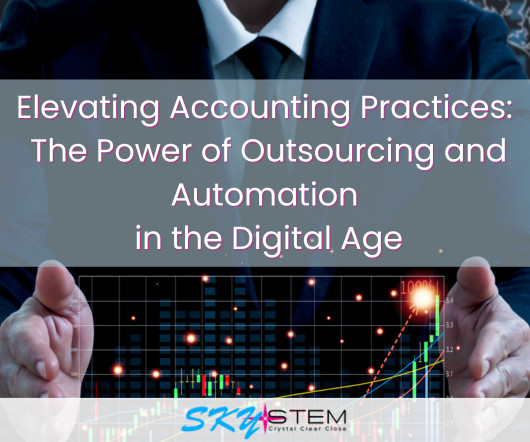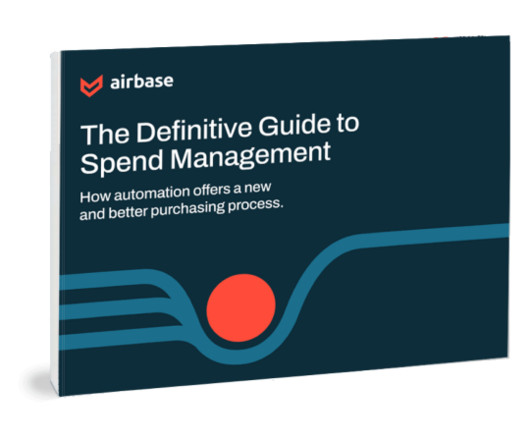The advantages of budgeting
Accounting Tools
OCTOBER 28, 2023
Related Courses Budgeting Capital Budgeting Formulating a budget is essential for many organizations. We note below seven advantages to having (and using) a budget. Planning Orientation The process of creating a budget takes management away from its short-term, day-to-day management of the business and forces it to think longer-term. This is the chief goal of budgeting, even if management does not succeed in meeting its goals as outlined in the budget - at least it is thinking about the company'




























Let's personalize your content